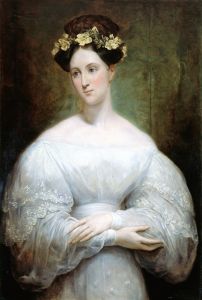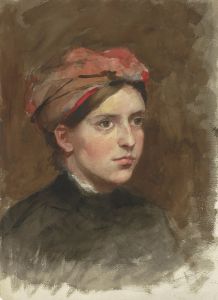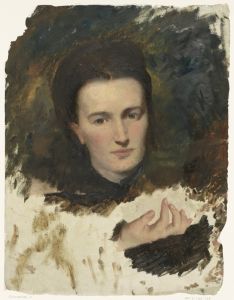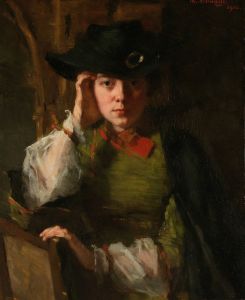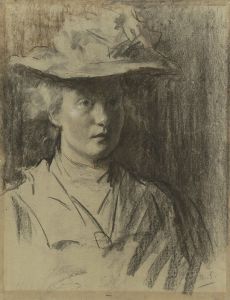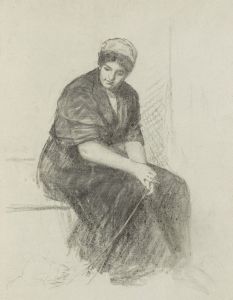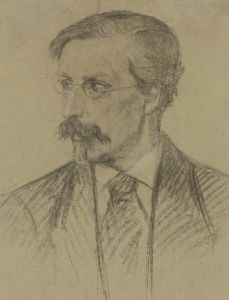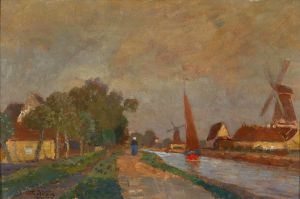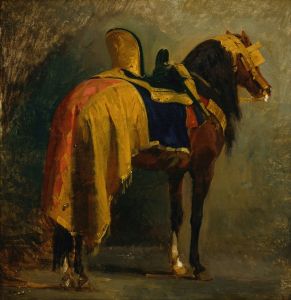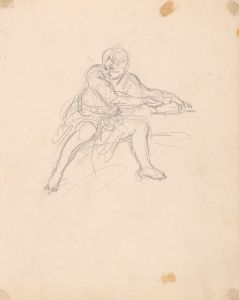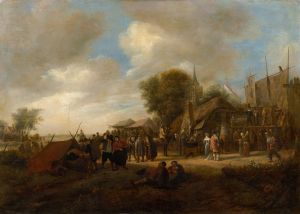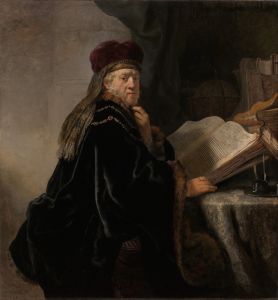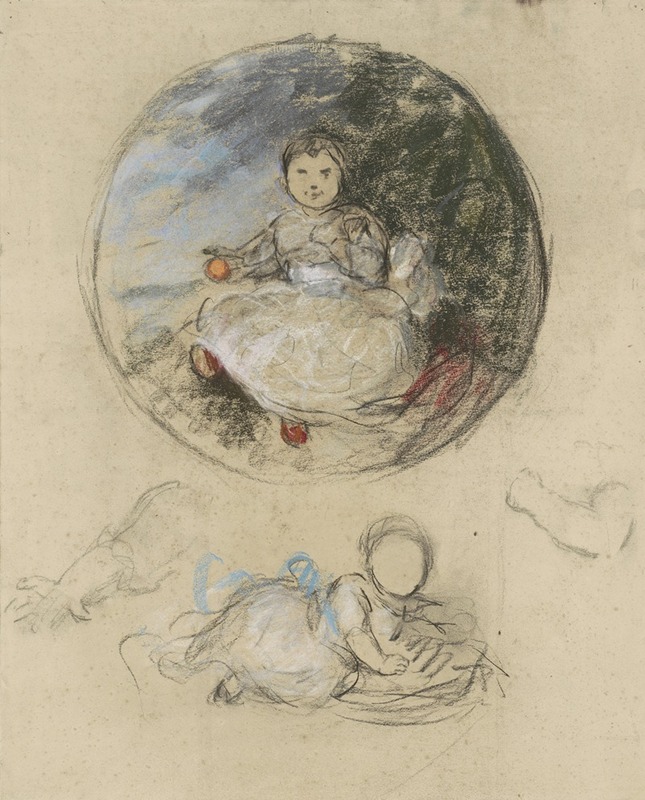
Twee studies van prinses Juliana
A hand-painted replica of Thérèse Schwartze’s masterpiece Twee studies van prinses Juliana, meticulously crafted by professional artists to capture the true essence of the original. Each piece is created with museum-quality canvas and rare mineral pigments, carefully painted by experienced artists with delicate brushstrokes and rich, layered colors to perfectly recreate the texture of the original artwork. Unlike machine-printed reproductions, this hand-painted version brings the painting to life, infused with the artist’s emotions and skill in every stroke. Whether for personal collection or home decoration, it instantly elevates the artistic atmosphere of any space.
Thérèse Schwartze was a renowned Dutch portrait painter, celebrated for her ability to capture the likeness and character of her subjects with great skill and sensitivity. Among her notable works is "Twee studies van prinses Juliana," which translates to "Two Studies of Princess Juliana." This painting holds historical significance as it depicts Princess Juliana of the Netherlands, who later became Queen Juliana, reigning from 1948 to 1980.
Thérèse Schwartze was born in Amsterdam in 1851 and came from a family with a strong artistic background. Her father, Johan Georg Schwartze, was also a painter, and he played a significant role in her early artistic education. Schwartze's talent was evident from a young age, and she went on to study at the Rijksakademie van Beeldende Kunsten in Amsterdam. She further honed her skills in Munich and Paris, where she was influenced by contemporary portraitists and developed her distinctive style.
"Twee studies van prinses Juliana" is a testament to Schwartze's expertise in portraiture. The painting consists of two separate studies of Princess Juliana, capturing her in different poses and expressions. These studies were likely created when Juliana was a young child, as Schwartze was commissioned to paint members of the Dutch royal family on several occasions. The artist's ability to portray the innocence and charm of the young princess is evident in these works.
Princess Juliana was born on April 30, 1909, to Queen Wilhelmina of the Netherlands and Prince Henry, Duke of Mecklenburg-Schwerin. As the only child of Queen Wilhelmina, Juliana was the heir presumptive to the Dutch throne. Her upbringing was closely followed by the public, and portraits like those by Schwartze played a role in shaping her public image. Schwartze's studies of Juliana would have been part of a broader effort to document the life of the young princess and present her to the Dutch people.
The painting reflects Schwartze's meticulous attention to detail and her ability to convey the personality of her subjects. Her use of light and shadow, combined with her adept brushwork, brings a sense of realism and vitality to the portraits. Schwartze was known for her ability to put her subjects at ease, allowing her to capture more natural and candid expressions, a quality that is evident in her studies of Princess Juliana.
Thérèse Schwartze enjoyed a successful career and was highly regarded in her time. She received numerous commissions from the Dutch royal family and other prominent figures in society. Her work was exhibited widely, and she was awarded several honors for her contributions to art. Schwartze's portraits remain an important part of Dutch cultural heritage, offering a glimpse into the lives of the people she painted and the era in which she lived.
"Twee studies van prinses Juliana" is a fine example of Schwartze's work and her ability to capture the essence of her subjects. The painting not only serves as a historical record of Princess Juliana's early years but also highlights the skill and artistry of Thérèse Schwartze, whose legacy continues to be celebrated in the Netherlands and beyond.





